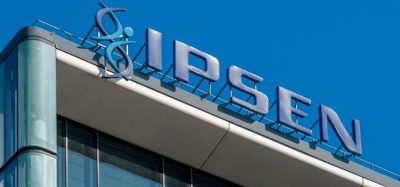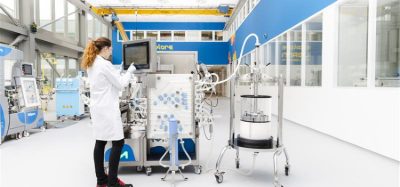Expert view: The OXYCAPT™ multilayer plastic vial and syringe provides solutions for problems with current primary containers
There are several problems with existing primary containers; for example, glass suffers from breakage, delamination, etc., and plastic is an insufficient oxygen and ultraviolet (UV) barrier.
Mitsubishi Gas Chemical (MGC) has developed a multilayer plastic vial and syringe that has an excellent oxygen and UV barrier, low extractables, high resistance to breakage and other important features. The multilayer plastic vial and syringe named OXYCAPT™ consists of three layers: the inner and outer layer are made of cyclo olefin polymer (COP), which is the most reliable polymer in the pharma industry, and the middle layer is made of a new polyester developed by MGC. Due to the characteristics of COP, the products are equipped with a high water vapour barrier, very low extractables, high pH stability, low protein adsorption, high break resistance, etc. Furthermore, the new polyester provides an excellent oxygen and UV barrier. To meet our client’s requests, MGC has conducted numerous studies to confirm the effectiveness of OXYCAPT. For instance, we have found that it can prevent oxidation of methionine in biologics and protein‑aggregation problems caused by silicone oil. In addition, some studies have shown that OXYCAPT is more durable than glass and resistant to cryogenic storage. These features contribute to the stability of biologics and medicines for cell and gene therapies.
In conclusion, OXYCAPT has been developed to solve some of the current problems with existing primary containers in the pharmaceutical industry. In addition to the special features of COP, such as a high water vapour barrier, high break resistance, very low extractables and low protein adsorption, it offers a high oxygen and UV barrier. We believe OXYCAPT brings many benefits to a rapidly growing pharma industry.









